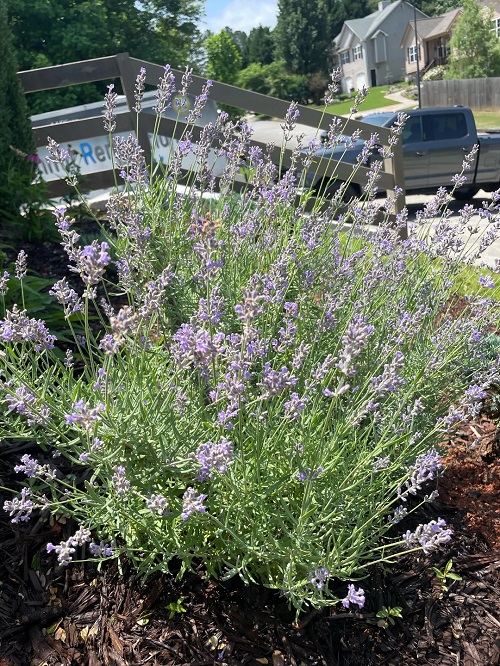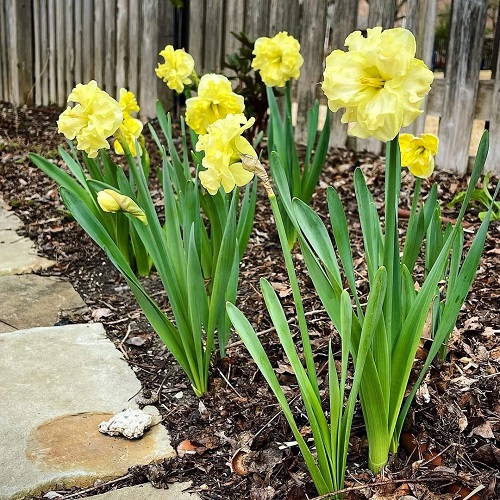Many plants love it, but for some, it’s a deadly mistake— here are the Plants You Should Never Mulch in Winter!
Mulching—covering the soil with organic materials—offers insulation and enriches the soil, giving plants a healthy boost. But it’s not a one-size-fits-all situation. Certain plants suffer if mulched during the cold. Here are the plants you should never mulch in winter!
Plants You Should Never Mulch in Winter
1. Lavender
Botanical Name: Lavandula
USDA Zones: 5–9
The aromatic lavender herb thrives in arid, sunny conditions and well-drained, loose, or rocky soils—like its native Mediterranean habitat. Mulching it in winter using water-retentive materials such as bark or leaves could lead to root rot.
However, this resilient hedge plant may enjoy a light-colored mulch that is airy and stays dry, such as gravel and pine needles.
2. Russian Sage
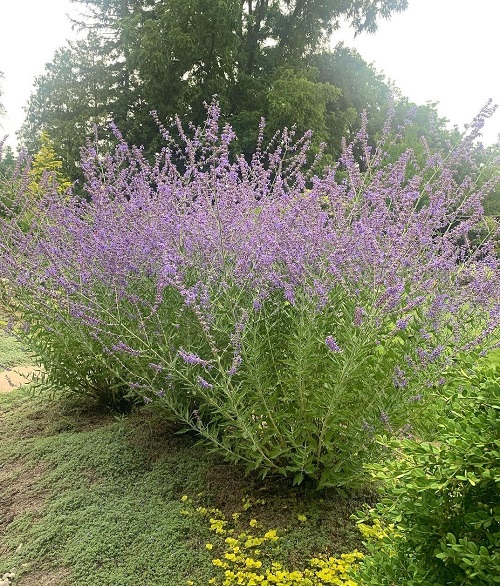
Botanical Name: Salvia yangii
USDA Zones: 5–9
Russian sage is identical to lavender in how it looks and what it needs to grow. When the cold months arrive, avoid mulching for the same reason—to prevent excess moisture, which could lead to crown rot.
Give it full sun and use gravel to ensure the soil has excellent drainage to keep it healthy. Here’s how to keep Russian sage blooming all year long!
3. Succulents

Summer-growing succulents go dormant during winter, and giving them additional hydration in the form of wet mulch will kill them. Species like Echeveria, Sempervivium, and Autumn Joy sedums have evolved from the harshest conditions over millions of years.
They naturally store a higher quantity of water in their leaves or stems, and further mulching can lead to excess water content in and around the plant, leading to root rot or even plant death.
Note: Some succulents need protection from frost; hence, breathable materials like horticultural fleece do better than organic mulch. Be sure to research about the one you have.
4. Tulips

Botanical Name: Tulipa
USDA Zones: 3–8
These famous cup-shaped flowering plants hate mulching in winter, as they are built for the cold! They need at least six weeks of cold stratification, so their bulbs must be exposed to cold and dry conditions to shoot and grow properly.
Mulching can increase the temperature to an extent that interferes with their natural growth cycle.
Note: In extremely cold regions, the bulbs may need some protection and must be planted deep, about 8 inches, into the soil.
5. Daffodils
Botanical Name: Narcissus
USDA Zones: 4–8
Just as tulips prefer chilly weather, daffodil bulbs need the same. Avoid mulching in winter, as over-insulated bulbs can suffocate. Its blooms follow the sun, so ensure they get plenty of sunlight. Check out this article on bulb-planting mistakes to avoid anymore.
6. Hostas
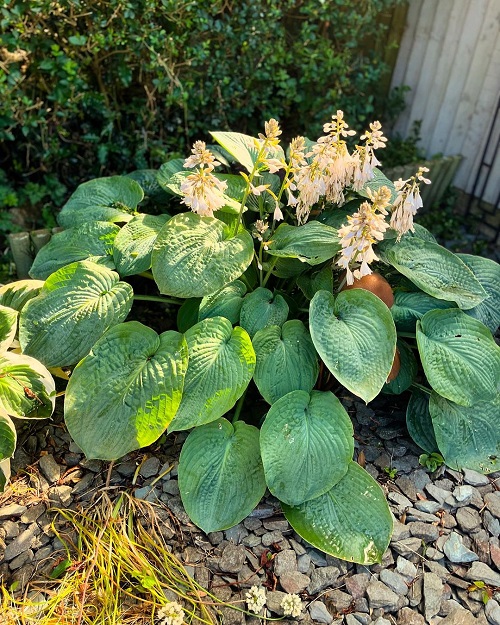
Botanical Name: Hosta
USDA Zones: 3–9
Hostas, also known as plantain lilies, love moist soil when they actively grow, but not during winters. Mulching the soil traps moisture, which can lead to fungal diseases and other health issues.
These shade-loving plants also need a dormant period of about 4-6 weeks in winter when temperatures drop below 40 F (4.5 C), so don’t mulch them.
7. Purple Coneflower
Botanical Name: Echinacea
USDA Zones: 3–8
Sporting tall conical flowers with spiky protrusions, purple coneflowers go dormant in winter, so avoid mulching them. Perfect for new gardeners, these resistant plants can grow in full to partial sun and tolerate drought, high humidity, and saline soils.
8. Rosemary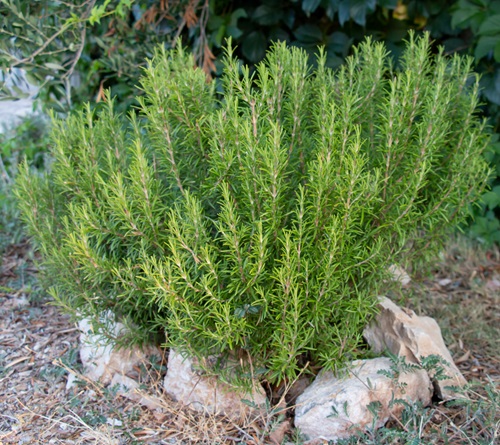
Botanical Name: Salvia Rosmarinus
USDA Zones: 8–11
For rosemary to be its best, with rich, aromatic, and flavorful leaves, it needs dry, aerated conditions to thrive. This Mediterranean herb flowers and grows in almost every condition except wet, clay soil, so avoid winter mulching to prevent moisture build-up in the soil.
And don’t forget to check out these hacks for growing healthy rosemary in your garden!
9. Bearded Iris
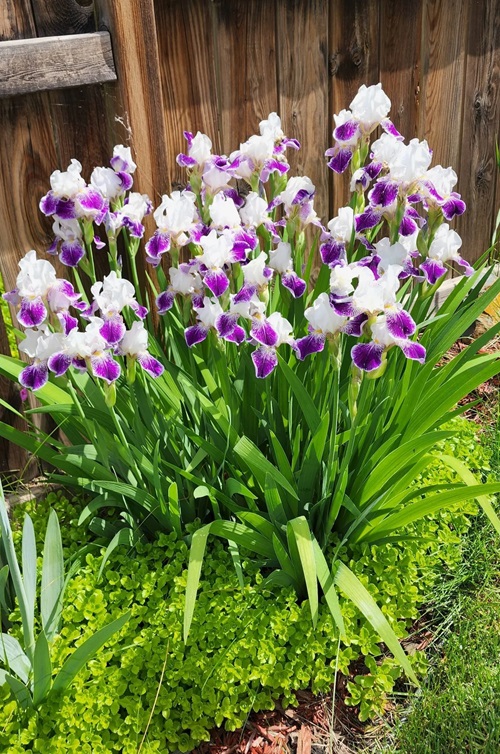
Botanical Name: Iris germanica
USDA Zones: 3–9
Bearded iris grows from rhizomes, typically planted just beneath the soil surface, unlike bulbs that need to be planted deep. Its rhizomes prefer to be high and dry, and wet mulch can lead to root rot.
However, you should mulch newly planted ones for their first winter once the ground dries up and remove that in spring—not after that. Plantlets need initial shelter from freezing and thawing, so a thin layer of light pea gravel mulch that is airy and dry will help.
10. Peonies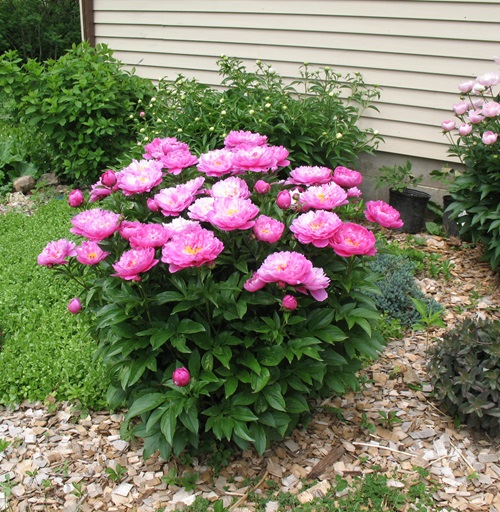
Botanical Name: Paeonia
USDA Zones: 3–8
Peonies have evolved to tolerate chilly weather and drought pretty well. Mulching them in winter will disrupt their ability to adapt and hamper their growth instead. This shrubby, recurring perennial needs ample aeration; a wet mulch can clog it up and affect blooms.
Note: Mulch peonies during their first winter to protect their roots from freeze-thaw cycles and frost heave. Use something dry, like pine needles; apply a 2-inch layer after the ground freezes but before the first light frost.
11. Yarrow
Botanical Name: Achillea millefolium
USDA Zones: 3–9
The hardy herb yarrow is our final plant that you should never mulch in winter. Hardy to cold regions down to USDA zone 3, this flower tolerates drought, pests, saline soils, and a breeze to grow—until you expose it to excess moisture!
Vulnerable to root rot, wet mulch is a big NO for this beautiful wildlife plant. However, note that this butterfly magnet is notoriously weedy and a robust self-seeder, so remember to keep it in check!


